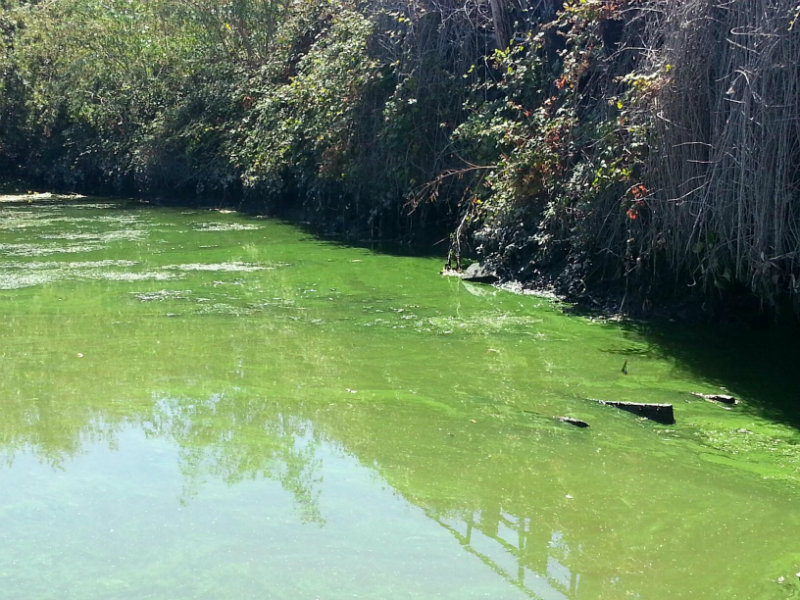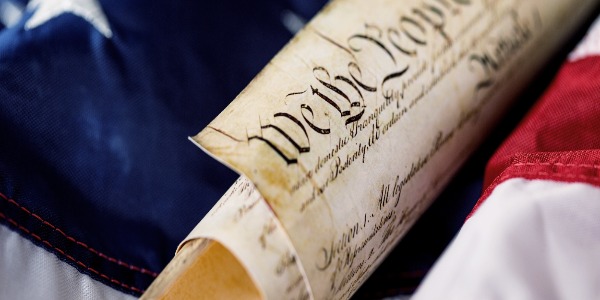Kodiak Waters: Two Consecutive Harmful Algal Blooms Warn Shellfish Harvesters

Table of Contents
The Impact of the First Harmful Algal Bloom on Kodiak Shellfish Harvesters
The first HAB event struck Kodiak's shellfish industry with significant force. The consequences rippled through the community, impacting harvesters economically and raising serious public health concerns.
Economic Consequences
The immediate economic impact was severe. Harvesting closures, implemented to protect public health, resulted in:
- Significant loss of income: Many harvesters experienced complete income cessation during the closure period, impacting their ability to meet financial obligations.
- Increased costs associated with testing and monitoring: The need for rigorous testing of shellfish for marine toxins added a considerable financial burden on both individual harvesters and the industry as a whole.
- Potential long-term damage to the reputation of Kodiak shellfish: The negative publicity surrounding the HAB could deter consumers, impacting future sales and market demand for Kodiak shellfish.
- Financial burden on individual harvesters and the wider community: The economic fallout extended beyond individual harvesters, impacting related businesses and the overall economic stability of the Kodiak community.
Public Health Concerns
The presence of marine biotoxins in shellfish poses a significant public health risk. The first HAB highlighted the potential for:
- Potential exposure to marine biotoxins through contaminated shellfish: Consumption of contaminated shellfish can lead to serious illness.
- Risks of illness, including paralytic shellfish poisoning (PSP): PSP, caused by certain types of HABs, can be debilitating and even fatal.
- Need for stringent testing and monitoring programs to ensure shellfish safety: Robust monitoring programs are essential for detecting HABs early and ensuring that shellfish harvested for consumption are safe.
- Public awareness campaigns to educate consumers about HAB risks: Educating the public about the dangers of consuming contaminated shellfish is crucial for preventing illness.
Environmental Factors Contributing to the First Bloom
Several environmental factors contributed to the development of the first HAB, including:
- Unusually warm water temperatures: Elevated water temperatures can create favorable conditions for algal growth.
- High nutrient levels: Runoff from land-based sources can introduce excess nutrients into the water, fueling algal blooms.
- Specific ocean currents: Current patterns can concentrate algae in certain areas, increasing the risk of HAB formation.
- Potential climate change impacts: Climate change is believed to be influencing the frequency and intensity of HAB events globally, and Kodiak waters are not immune.
- Ongoing research: Scientists are actively studying the environmental drivers of HABs in Kodiak waters to better understand and predict future occurrences.
The Second Harmful Algal Bloom: A Double Blow for Kodiak's Shellfish Industry
The second HAB, following so closely on the heels of the first, delivered a devastating double blow to the already struggling shellfish industry.
The Severity and Duration of the Second Bloom
The second bloom presented several concerning characteristics:
- Greater geographic extent: The bloom covered a wider area compared to the first event, affecting a larger number of shellfish harvesting grounds.
- Higher toxin concentrations: Levels of marine toxins were significantly higher in some areas, increasing the risk of severe illness.
- Longer duration: The second bloom persisted for a longer period, extending the harvesting closures and exacerbating the economic hardship for harvesters.
- Different algal species: Preliminary findings suggest that the second bloom may have been caused by different algal species compared to the first, indicating a complex and evolving HAB situation.
- Impact on shellfish populations: The consecutive blooms have raised concerns about the long-term health and resilience of the shellfish populations themselves.
The Cumulative Effect on the Shellfish Industry
The back-to-back closures had a cumulative impact far exceeding the effect of a single event:
- Impact on harvesting schedules and profitability: The extended closures disrupted harvesting schedules and dramatically reduced profitability, threatening the livelihoods of many harvesters.
- Increased pressure on harvesters' financial stability and mental health: The repeated economic shocks placed significant strain on the financial stability and mental well-being of harvesters and their families.
- Long-term implications for the sustainability of the shellfish industry in Kodiak: The consecutive HABs raise serious questions about the long-term sustainability of the shellfish industry in Kodiak and the need for proactive measures to protect it.
Enhanced Monitoring and Mitigation Strategies
In response to the crisis, several enhanced strategies are being explored:
- Improved monitoring techniques: More sophisticated monitoring technologies, including satellite imagery and advanced sensor networks, are being deployed for early detection of HABs.
- Early warning systems: The development and implementation of effective early warning systems are crucial for providing harvesters with timely information and allowing for prompt responses.
- Collaboration between scientists, government agencies, and the shellfish industry: Close collaboration between all stakeholders is essential for effective HAB management and mitigation.
Looking Ahead: Ensuring the Future of Kodiak's Shellfish Harvesting
Securing the future of Kodiak's shellfish industry requires a multi-pronged approach:
The Need for Long-Term Monitoring and Research
Continued investment in HAB research and monitoring is paramount:
- Continued research into the causes and impacts of HABs: Further research is needed to understand the environmental drivers of HABs and predict future occurrences.
- Investment in advanced monitoring technologies: Investing in advanced technologies is crucial for early detection and improved forecasting of HAB events.
- Importance of data sharing and collaboration: Effective data sharing and collaboration amongst scientists, government agencies, and the shellfish industry are critical for informed decision-making.
Supporting Kodiak Shellfish Harvesters
Providing support for affected harvesters is essential:
- Government support programs and financial aid packages: The development and implementation of targeted support programs are necessary to help harvesters recover from economic losses.
- Community support and resilience: Community support and fostering resilience within the harvesting community can provide valuable psychological and social support.
- Strategies to diversify income streams: Encouraging diversification of income streams can reduce reliance on shellfish harvesting and enhance the resilience of the community.
Educating the Public about HABs and Shellfish Safety
Public awareness campaigns are critical:
- Role of public awareness campaigns: Effective public education is essential for minimizing health risks associated with HABs.
- Clearly communicating risk information: Clear and accurate communication of risk information to consumers is crucial for promoting safe shellfish consumption.
- Promoting responsible consumption: Encouraging responsible consumption of shellfish from regulated sources can help protect public health.
Conclusion
The consecutive harmful algal blooms in Kodiak waters pose a significant threat to the region's shellfish harvesting industry and public health. Addressing this challenge requires a comprehensive approach encompassing enhanced monitoring and early warning systems, robust research into the causes of HABs, and strong support for the affected harvesters. By combining scientific advancements, collaborative efforts, and effective public education, we can work towards mitigating the risks associated with harmful algal blooms and ensuring the long-term sustainability of Kodiak's valuable shellfish resources. Stay informed about Kodiak’s harmful algal bloom alerts and advisories to protect yourself and support the Kodiak shellfish industry.

Featured Posts
-
 Ajyal Alastqlal Hmayt Almktsbat
May 30, 2025
Ajyal Alastqlal Hmayt Almktsbat
May 30, 2025 -
 Googles Legal Battle A Constitutional Challenge
May 30, 2025
Googles Legal Battle A Constitutional Challenge
May 30, 2025 -
 Us Solar Panel Duties Impact On Southeast Asian Manufacturers And Us Consumers
May 30, 2025
Us Solar Panel Duties Impact On Southeast Asian Manufacturers And Us Consumers
May 30, 2025 -
 Those British Faces A Celebration Of Anna Neagles Career
May 30, 2025
Those British Faces A Celebration Of Anna Neagles Career
May 30, 2025 -
 Turning Toilet Talk Into Podcast Gold An Ai Powered Approach
May 30, 2025
Turning Toilet Talk Into Podcast Gold An Ai Powered Approach
May 30, 2025
